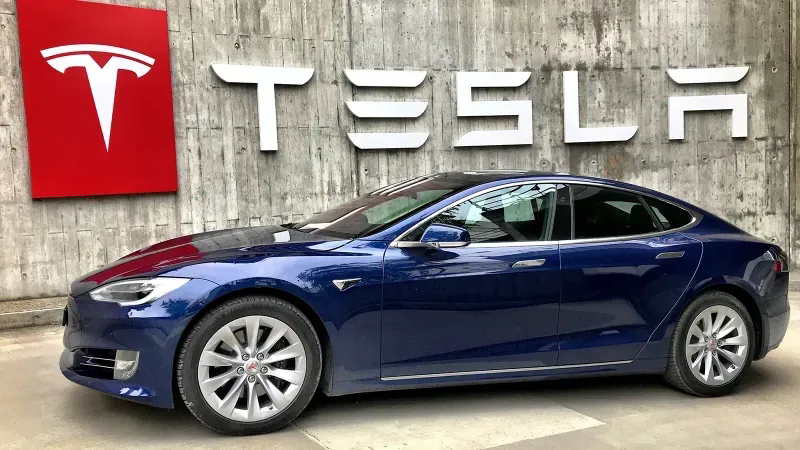STORY By IAN OTISO
A Brief History: From Humble Beginnings to Modern Revival
Electric cars are not a 21st-century invention. The first practical EVs emerged in the late 1800s, with models like Thomas Parker’s electric carriage in 1884 and the Flocken Elektrowagen in 1888. By the early 1900s, EVs accounted for a third of U.S. vehicles, prized for their quiet operation and ease of use. However, the mass production of Henry Ford’s Model T (1908) and the discovery of cheap oil reserves shifted the tide toward internal combustion engines (ICE).
The modern revival began in the 1990s with regulatory pushes like California’s Zero-Emission Vehicle mandate. Breakthroughs came with Toyota’s hybrid Prius (1997) and Tesla’s Roadster (2008), which proved EVs could be both high-performing and desirable.
Environmental Benefits: Cleaner Air, Lower Emissions
EVs significantly reduce greenhouse gas emissions, especially when charged with renewable energy. Unlike ICE vehicles, they produce zero tailpipe emissions, curbing urban air pollution. According to the International Energy Agency, EVs emit 50% less CO2 over their lifespan than conventional cars.
However, their environmental impact depends on electricity sources regions reliant on coal see smaller gains. Transitioning to renewables like wind and solar is critical to maximizing EVs’ eco-benefits.
Technological Advancements: Powering the Future
Battery innovation has seen dramatic improvements, with energy density doubling since 2010. Companies like CATL and Tesla are developing cheaper, longer-lasting batteries, such as Tesla’s 4680 cells.
Early EVs struggled with 100-mile ranges, but modern models like the Lucid Air now exceed 500 miles. Fast-charging networks, such as Tesla Superchargers, can replenish 80% of a battery in just 20 minutes.
Moreover, EVs are at the forefront of self-driving technology, with companies like Waymo and Tesla integrating AI for safer, smarter mobility. These advancements position EVs not just as sustainable alternatives but as the future of intelligent transportation.
Economic Shifts: Costs, Incentives, and Market Growth
While EVs often have higher upfront costs, they offer long-term savings. With fewer moving parts, maintenance costs are significantly lower, eliminating expenses such as oil changes.
Government incentives, including tax credits, rebates, and grants like those provided under the U.S. Inflation Reduction Act further reduce purchase prices.
Additionally, lithium-ion battery prices have fallen by 89% since 2010, according to BloombergNEF, narrowing the price gap with ICE cars. The global EV market is booming, projected to grow from $388 billion in 2023 to $1.5 trillion by 2030. Traditional automakers such as Ford and Volkswagen are investing billions in electrifying their fleets, while startups like Rivian and BYD disrupt the industry.
Challenges to Overcome
Despite their benefits, EVs face several challenges. Charging infrastructure remains insufficient, especially in rural and developing regions, requiring public-private partnerships for expansion. Battery recycling is another concern, as processes for recovering lithium and cobalt are still underdeveloped, raising questions about resource scarcity and waste management.
Range anxiety persists among consumers, though improving infrastructure and battery technology are mitigating this concern. Furthermore, widespread EV adoption will place additional strain on energy grids, necessitating upgrades and smart charging solutions to balance electricity loads effectively.
The Road Ahead: A Vision for 2030 and Beyond
The future of EVs is bright, with increasing investments in technology, infrastructure, and policy support. As battery technology continues to evolve and renewable energy becomes more widespread, EVs will play a crucial role in reducing carbon footprints and reshaping global transportation. Governments, businesses, and consumers must collaborate to overcome existing challenges and accelerate the transition toward a sustainable, electrified future.
The Feature Story Writer is a Second Year Student at Chuka University pursuing a Bachelor of Arts Degree in Journalism and Mass Communication












 MWINGI TIMES for timely and authoritative news.
MWINGI TIMES for timely and authoritative news.
No comments
Post a Comment